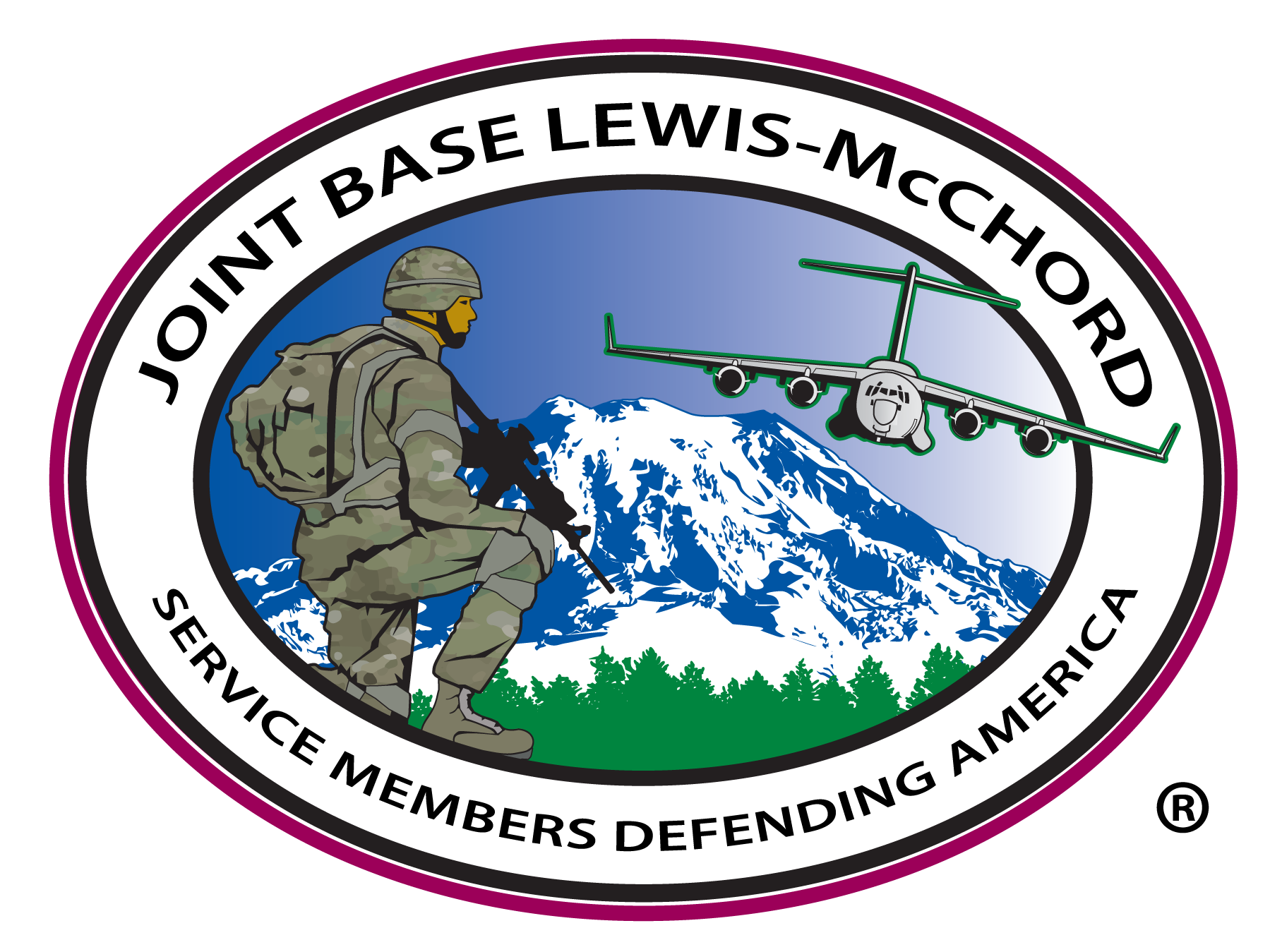About the Program
Operation Wildlife is a collaboration between Joint Base Lewis-McChord Department of Public Works Environmental Division and Colorado State University’s Center for Environmental Management of Military Lands. It brings injured and retiring active military personnel together with college students and professional biologists to conserve endangered species, restore rare habitats, and conduct ecological research. The program is the first of its kind in the world, and is finding new ways of preserving biodiversity, providing green job training for America’s veterans and students, bringing diverse groups together over a shared interest in conservation, and training the next generation of environmental leaders. Founded in 2014, Operation Wildlife has also grown to become the world’s largest military environmental volunteer program, producing over 15,000 annual volunteer hours.
“When I get settled on my property in Tennessee, I’m planning to make some butterfly habitat on my hillside like that spot we’ve been working on.” – SSG Derrick H., Infantryman, Drill Instructor & Counter Intelligence Agent (Iraq, Afghanistan)
“I came in really nervous, not knowing what I signed up for. It was my first out-of-the-classroom experience, but I found a support system that I never would have thought possible and was soon working with habitats and species I could never have found elsewhere. Everyone I worked with taught me with patience and allowed me to grow confidence in myself through the work I was doing.” – Katline B., University of Puget Sound, Junior, Environmental Policy and Decision Making.
“In this amazing internship I spent the last four months in the military counting frogs rather than cadence, and I developed a basic understanding of natural resource management in a wide variety of topics ranging from preserving endangered species to managing forests. Upon completion of my studies I look forward to pursuing a career in natural resource management.” – SGT Hunter W., University of Washington, Sophomore, Environmental Science and Resource Management
| GARRY OAK WOODLANDS | ECOLOGICAL FIRE | RESEARCH SUPPORT |
|
|
|
| WETLANDS | BIRD BOXES | OUTREACH PROJECTS |
|
|
|
| MILITARY INTERNS | PUGET LOWLAND PRAIRIES | PARTICIPANT STATISTICS (through 2019) |
|
|
|
Annual Projects
|
The program is active year-round, and every month brings a new array of restoration objectives. Every year is different but here’s what is (tentatively) planned: |
|---|
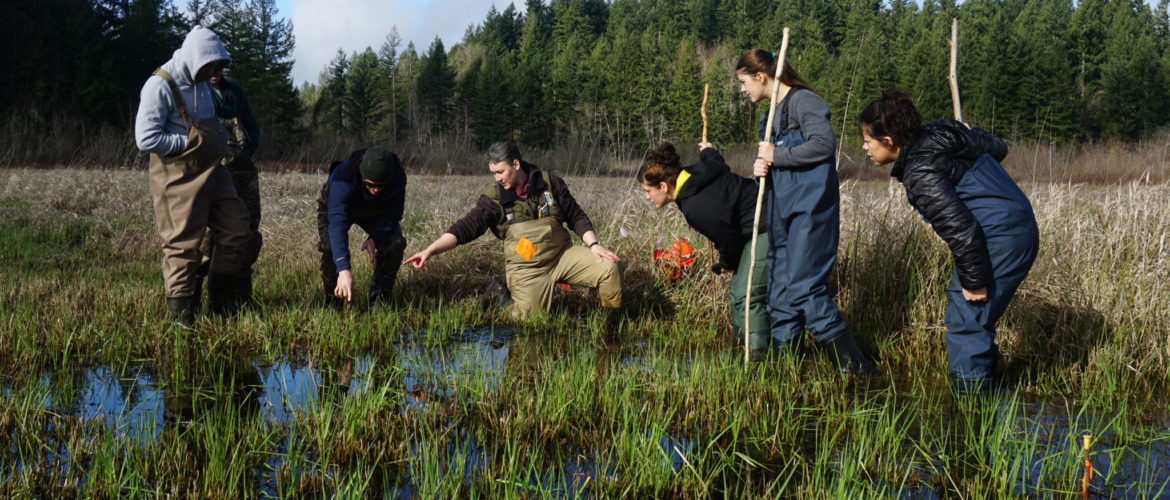 |
|
Spring Oak woodland restoration and forest-unit fire prep, squirrel survey season prep, a western pond turtle radio telemetry census w/WDFW, invasive plant surveys and noxious weed treatment (herbicide applicator licensing available), seeding/vegetation research plots, rare butterfly surveys and WDFW support, timber sale surveys (migratory bird treaty act plus ecological resource mapping), western toad surveys, steelhead surveys, and others. |
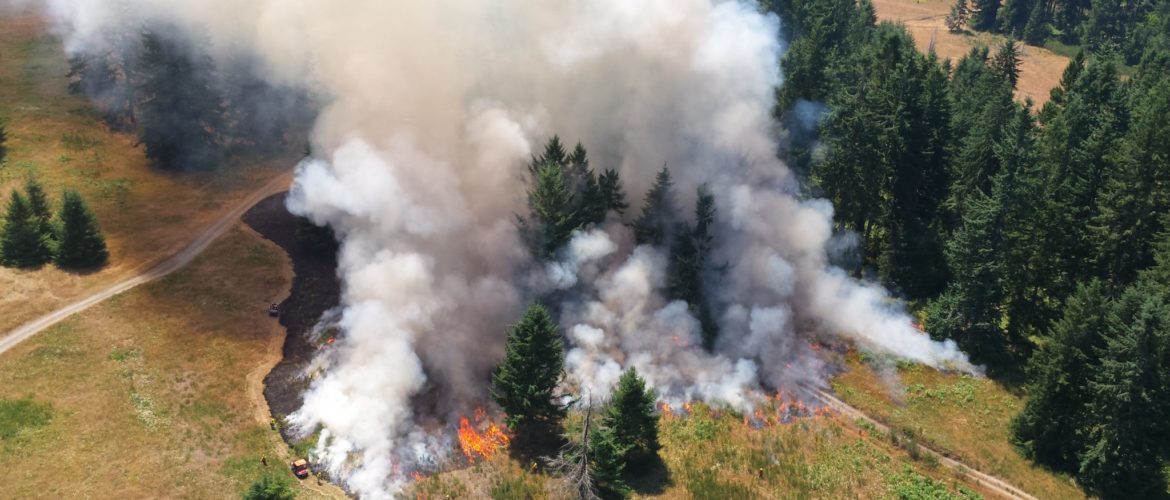 |
|
Summer Prescribed fire season (Wildland firefighter training and certification available), plus fire support activities (smoke management, fire effects monitoring, unit prep), western gray squirrel surveys, Mazama pocket gopher surveys, wetland restoration, seed chaff mulching, timber sale surveys (migratory bird treaty act plus ecological resource mapping), bullfrog egg mass removal, oak planting maintenance, timber stand measurement and marking, bluebird fledgling success surveys, and more. |
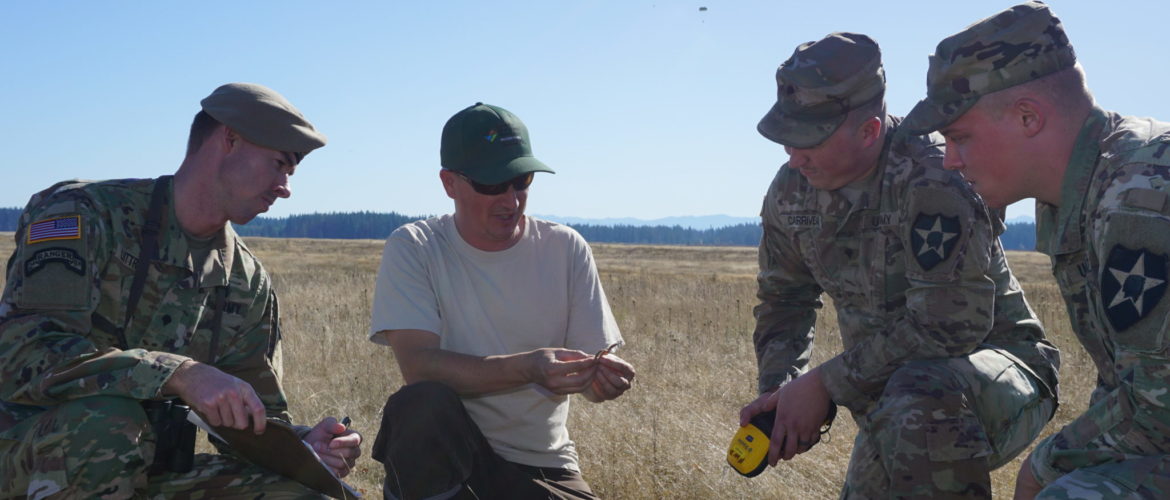 |
|
Fall Wetland restoration, post-fire prairie mowing and seeding, oak planting and restoration forestry, purple martin and bat tower construction and install, Oregon spotted frog breeding plot creation, native seed collection, invasive plant surveys, gopher surveys, salmon surveys, and others. |
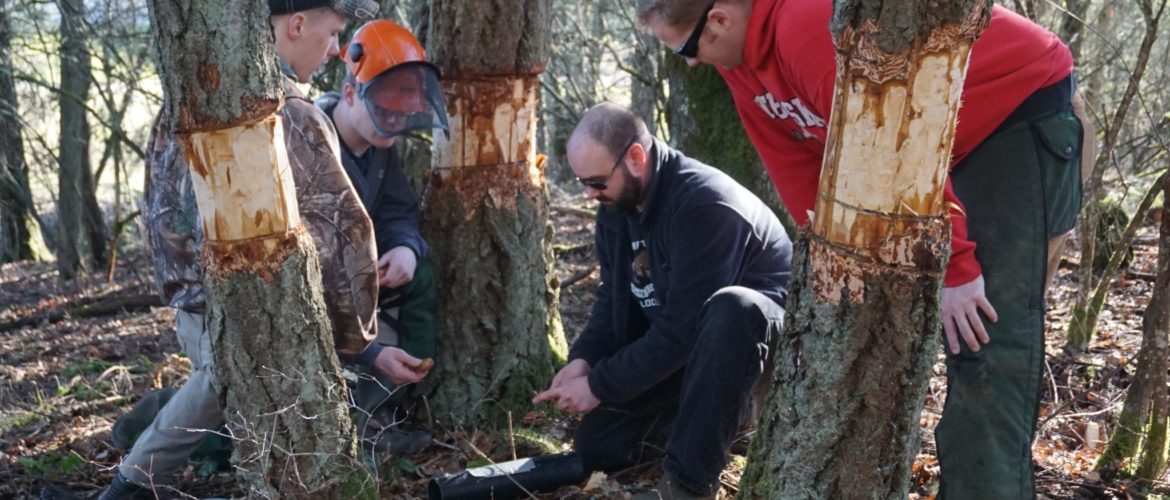 |
|
Winter Oak, pine woodland restoration, stand-development forestry, funnel-trapping aquatic amphibians, wetland egg mass searches, salmon surveys, nest box repair for bluebird, wood duck, and/or saw-whet owl, invasive plant population mapping, butterfly habitat mapping, mammal population (game cam) monitoring, timber cruising/marking, and raptor nest surveys. |
A Typical Day

“When I got back from Afghanistan, I was hurt bad and pretty depressed about my life. I couldn’t go back to construction and didn’t know what I would do. Now I feel like I found my passion and I wake up excited about my day for the first time I can remember.” – SGT Ron R., Mortarman, Afghanistan
Prior to arrival – Participants check the shared planning page to see what their task and team will be for that day, but come equipped for last minute changes and crew adjustments. Participants should also look at the weather forecast and arrive with everything they need to be in the field all day.
8am – Participants meet at our office. Those without their own access to the installation are met at the Dupont Transit Station parking lot and escorted onto base. People join their assigned teams, receive instructions and background on projects, check out and load trucks, and head to the field.
12pm – Lunch in the field.
2:30pm – Begin packing up trucks to return to the office.
3-3:30pm – Unpacking trucks, cleaning up, syncing and charging devices,
debriefing from the day, and communicating results to staff biologists.
4pm – Participants are back to their vehicles and on the road. Many days end earlier, but this is the target.
Notes:
Participants receive a thorough orientation on their first day, including rules, procedures, and tips on everything from careful data collection to equipment safety protocols to the do’s and don’ts of volunteering on a military base.
Scheduling is all handled through the shared planning page. Participants can not only see what the upcoming week looks like, but can communicate upcoming time off and schedule changes.
Program Impact
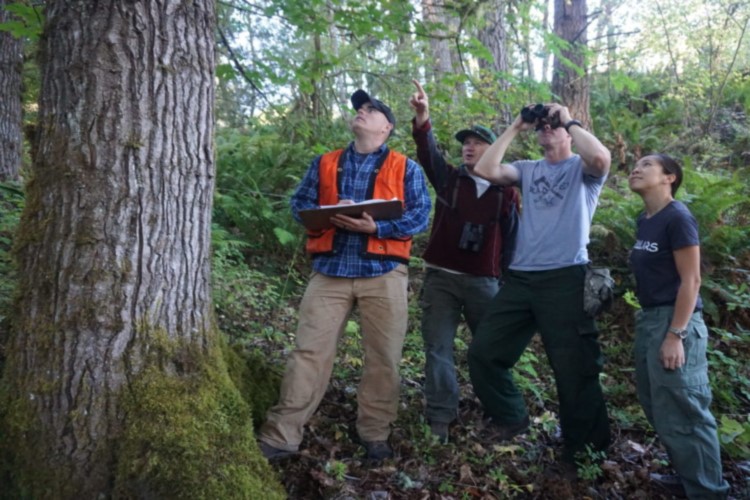
While Operation Wildlife impacts our local community in positive ways through restoration and conservation, a greater impact happens with the people who are part of the program. Working outside and contributing to conservation means something different to everyone. Sometimes Operation Wildlife is a resume builder, or a research opportunity, or a chance to put classroom theory into practice, but other times its simply a chance to decompress from the rigors of overseas deployments and take a deep breath before re-entering civilian life.
While Operation Wildlife impacts our local community in positive ways through restoration and conservation, a greater impact happens with the people who are part of the program. Working outside and contributing to conservation means something different to everyone. Sometimes Operation Wildlife is a resume builder, or a research opportunity, or a chance to put classroom theory into practice, but other times its simply a chance to decompress from the rigors of overseas deployments and take a deep breath before re-entering civilian life.
Here we share some of the memorable words from our alumni. Some were taken from formal exit interviews but others were just said aloud in the field in the middle of a survey transect or a day in the wood shop.
“I think my memory’s coming back, man. It’s weird. I’ve been having peaceful dreams lately and I think all this nature is helping.” – SGT Justin M., Infantryman, Afghanistan
“This internship program provided an amazing transition from a 20-year career in the Army, allowing me time to decompress and focus on myself by being immersed in conservation efforts in a tranquil natural setting. I made some amazing connections with service members, civilians, and college students. I had many opportunities for hands-on experiences including a final project researching the Oregon spotted frog, which ultimately led to obtaining my Bachelors of Science degree in Environmental Science.” – SFC Don B., Aviation Company First Sergeant, Iraq, Afghanistan
“After transitioning from the Marine Corps, I was looking for a place to gain experience in ecological conservation. Coming into the program, I was immediately surrounded by loving, caring, curious, and knowledgeable people and I felt fulfilled applying what we were learning in the field. I came out feeling confident and filled with new-found knowledge and a sense of community for a common passion.” – CPL Creston W., The Evergreen State College, Junior, Environmental Science




